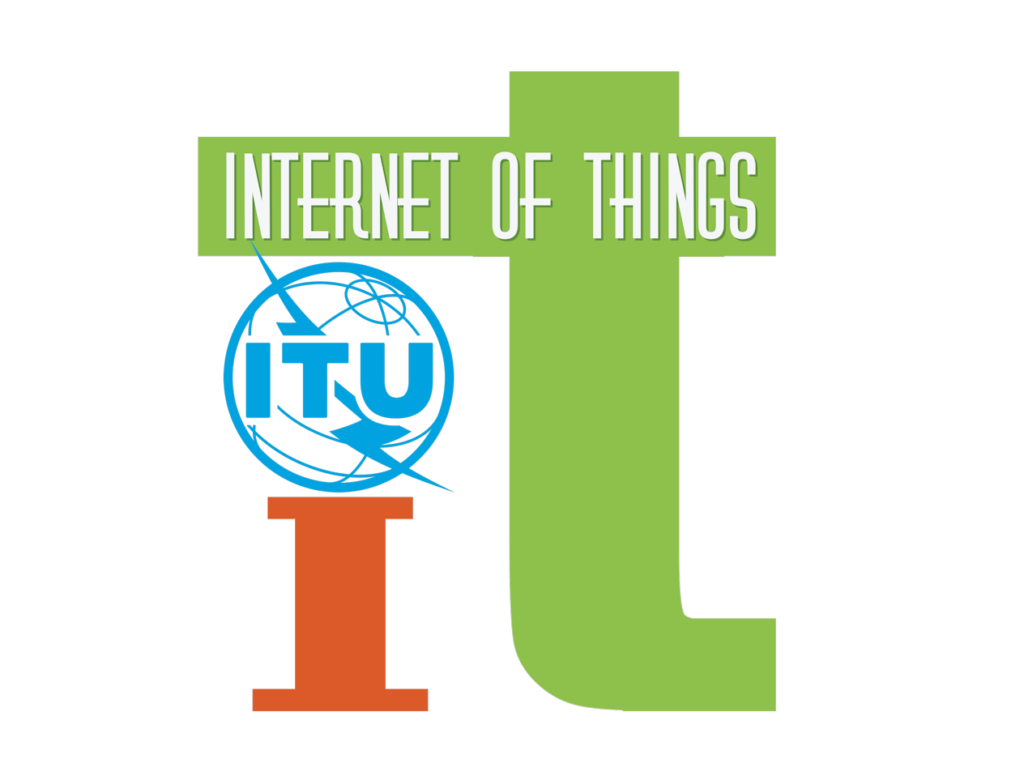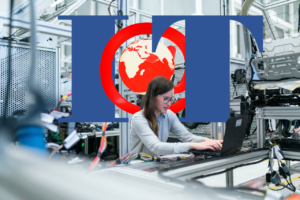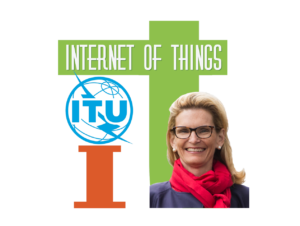When a new communications protocol was implemented in January 1983 — called the Transfer Control Protocol/Internetwork Protocol (TCP/IP) — a new era of connectivity was born. Although computer networks existed before that date, they did not have a standard way to communicate with each other.[1] During those early years, the internet was primarily used as way for humans to connect with one another. Over the years, however, human-to-human connectivity has been surpassed by machine-to-machine connectivity over what the Internet of Things (IoT) — sometimes referred to as the Industrial Internet of Things (IIoT). Last year, some 2.1 billion devices were connected to the IoT according to market research firm Berg Insight.[2] And analysts predict there will be 4.3 billion IoT devices connected to cellular networks worldwide by 2026.
This connectivity lies at the heart of the fourth industrial revolution (aka Industry 4.0). That’s why an upcoming election at the International Telecommunications Union (ITU) is so consequential. Tom Wheeler (@tewheels), a Visiting Fellow at the Brookings Institution, explains, “The International Telecommunication Union (ITU) has been described as ‘The most important UN agency you have never heard of.’ The ITU’s upcoming quadrennial Plenipotentiary Conference, to be held in Bucharest, Romania this September 26th through October 14th, will host the most important election you have never heard of. … Atop the agenda for Bucharest is the selection of a new ITU Secretary-General. The election — decided by votes of the member nations — is shaping up as a tussle between a candidate who is American and one who is Russian.”[3] As Wheeler goes on to explain, the election isn’t simply about national pride but about the future of the Internet and the IoT.
How the ITU Election Could Affect the Future of the Internet
According to Wheeler, the upcoming election “is a competition between two visions of the internet: an open internet, or a kind of state-controlled internet that resembles Russia’s and China’s.” He adds, “International tension over internet policy was illustrated at the ITU-sponsored 2012 World Conference on International Telecommunications (WCIT). After the majority of nations voted to, among other things, increase ITU’s authority over the internet, the United States refused to sign the resulting treaty.” What troubles Wheeler most, however, is the fact that Russia and China are colluding to change the very nature of the Internet. He writes:
“In June 2021, the leaders of China and Russia signed a pact which is now manifesting itself at the ITU. The agreement explained its purpose as ‘ensuring that all States have equal rights to participate in global-network governance, increasing their role in this process and preserving the sovereign right of States to regulate the national segment of the internet.’ The language may be lofty sounding, but its effect is low-down. The call for nation-states to take over internet governance is a call to de-democratize the world’s most important network. ‘In the annals of diplomatic hypocrisy, this accord is a stunner, even by Russian and Chinese standards,’ observed The Washington Post’s David Ignatius. As if politicizing the internet is not sufficient, the Russians and Chinese also seek to force the redesign of the internet’s underlying standard. Currently, the internet is built on the lingua franca of a common technical standard called ‘internet protocol’ or ‘IP.’ China has proposed a new standard — called ‘New IP’ — that would give governments more control over internet activities, including the individualized determination of who gets on and what they can do. They want that standard to be driven by the ITU.”
Of course, any changes to internet protocols automatically affect the Internet of Things as well. With concerns about a surveillance society on already on the rise, the “New IP” would elevate those concerns to a new level.
The Importance of the IoT
Journalist Charlie Steer-Stephenson observes, “With the ever-growing technology industry digitalizing the modern world, the Internet of Things has an important part to play. The fourth industrial revolution, Industry 4.0, relies upon IoT to join operational and informational technology, for the sake of improving quality, reducing risk, and minimizing cost.”[3] David Beamonte Arbués, Product Manager (IoT & Embedded Products) at Canonical, told her, “IoT is a core part of Industry 4.0 because it allows us to build digital networks of machinery, devices, and infrastructure. By using IoT, organizations can assemble smart factories and supply chain processes which continuously collect data.” He added, “Businesses can then apply AI and Machine Learning (ML) technologies which, once synchronized, remove silos in the supply chain process and allow unprecedented levels of transparency, automation, insight and control. Industry 4.0 focuses heavily on interconnectivity, automation, ML and real-time data. It marries physical production and operations with smart technology — none of which would be possible without IoT at its core.”
Marc Pégulu, Vice President of Internet of Things at Semtech, reminds us that the IoT is an ecosystem that involves sensors, connectivity, and analysis. He also reminds us that the IoT affects more than just the industrial sector. He explains, “IoT ecosystems incorporate a diverse set of technologies from physical devices to cloud-based solutions and connectivity options. That is enabling IoT technology to impact us as consumers in so many ways that we might not even realize.”[5] He continues:
“The Internet of Things is a cohesive system of connected computing devices, mechanical and digital machines, or objects with the ability to transfer data over a network without requiring human-to-human or human-to-computer interaction. The use of IoT continues to grow in many typical areas, from smart cities and connected offices, and, into a larger enterprise point of view, throughout manufacturing, transportation, and utility organizations. Making use of connected sensors and other IoT devices, however, has made its way into more unexpected industries and use cases too. IoT’s real-time data is used to enhance home plant care, help farmers produce food for our growing global population on a mass scale, and even support dignity in care for the elderly and sick. IoT is making waves in a vast array of industries to enhance efficiency across many industrial and consumer use cases.”
Imagine how all those use cases would be impacted if Russia and China force the redesign of the internet’s underlying standard and give governments more control over internet activities.
Concluding Thoughts
The Digital Era runs on data and a great deal of that data is generated through the IoT. Ensuring that data is used properly and safely is a major concern for both consumers and businesses. That’s why the potential of government interference is such a threat. As journalist John Hitch observes, “As every business sector knows knowledge is power, and there are infinite benefits from understanding more about their operations and customers. Even the consumer side, with smart fridges, thermostats and a legion of other gadgets and devices, is discovering the advantages.” No one in the free world wants the kind of government control over the internet as practiced by Russia and China. Hopefully, a majority of the 193 voting ITU member nations will see the dangers that lie ahead if they choose to follow the Russia/China plan.
Footnotes
[1] Staff, “A Brief History of the Internet,” Online Library Learning Center.
[2] News Team, “IoT connections increased by 22 per cent in 2021,” SmartCitiesWorld, 18 July 2022.
[3] Tom Wheeler, “The most important election you never heard of,” The Brookings Institution, 12 August 2022.
[4] Charlie Steer-Stephenson, “Improving supply chain management with IoT technology,” Supply Chain Digital, 15 August 2022.
[5] Marc Pégulu, “Where Does IoT Exist in the World? Expect the Unexpected.” RT Insights, 14 July 2022.
[6] John Hitch, “A Proven Plan for Industrial IoT Success,” IndustryWeek, 11 July 2018.





